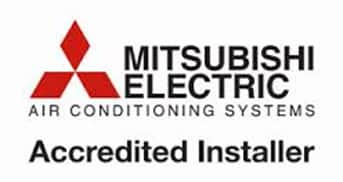For most people who have air conditioning systems this may not mean much. But do read on, you may be more interested than you initially think once you find out what we’re talking about! For those building managers and engineers, this may be something you already know something about but do read on too, you never know where you could pick up new information from.
What are we talking about?
Air conditioning systems have come a very long way since they were first introduced to UK homes and businesses all those years ago. The things that owners and operators are most interested in are having an air conditioning system that is reliable, efficient, and cost effective. More recently, we are becoming aware of the environmental impact our actions have and this is something that is particularly applicable when it comes to climate control.
What is R32, we hear you say? It is a refrigerant gas. The type of gas that is in your air conditioning unit and what helps your unit to run efficiently and to cool the air. Until recently, air conditioning units operated with a gas known as R410A. However, as part of the phase-down of environmentally harmful gases known as hydrofluorocarbons (HFCs), of which R410A was one, this is now being replaced. R410A has a high global warming potential, which means that it is more harmful to the environment by contributing to higher average temperatures and depleting the ozone layer. International agreements have, therefore, led to the search for alternatives which are less harmful and ones which will assist in the drive to reduce HFC refrigerant use by 79% by 2030.
R32 has a global warming potential that is less than half that of R410A, while still being an efficient refrigerant gas. More and more manufacturers have launched products using it and have made the switch from the old gas to the new R32. As well as having a lower global warming potential, R32’s other benefits include:
- It has a lower toxicity, which is good for both human health and the wider environment.
- It is less flammable, making it a safer alternative.
- It has a high energy efficiency, so will not increase your energy bills.
- It is easy to handle and can be reused, increasing its environmental credentials.
- It does not have ozone depleting potential.
- It requires less volume of refrigerant per kW than other gases.
- It is affordable and widely available.
R32 is also a single-component gas, as opposed to its predecessors which were combined-component gases. This is what makes it easier to handle and simpler to recycle and reuse. And while it requires more specialist handling than other refrigerants, this is a small disadvantage compared to all the benefits that it brings. And one final thing: if you are worried that it’s so new that it has not been tried and tested yet, you would think wrong. It has been in use for the last two years and there are over 10 million units already installed and operating in Japan alone.
For more details on R32 and how it can benefit you, or for a quote on installation, servicing, or maintenance of air conditioning units, all you need to do is get in touch with JP Air Conditioning. We are on 02083331191 or at info@jpaircon.com for a chat or to make an appointment.



